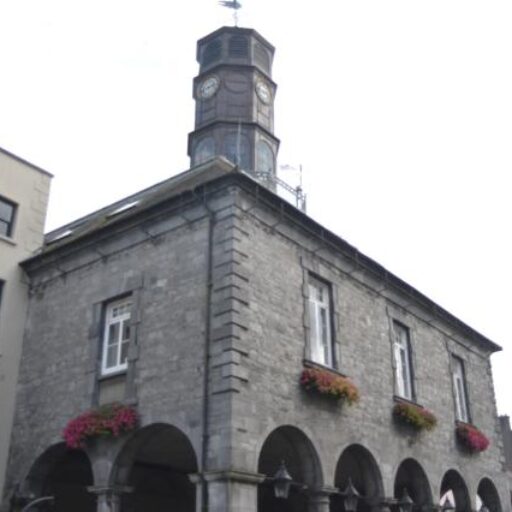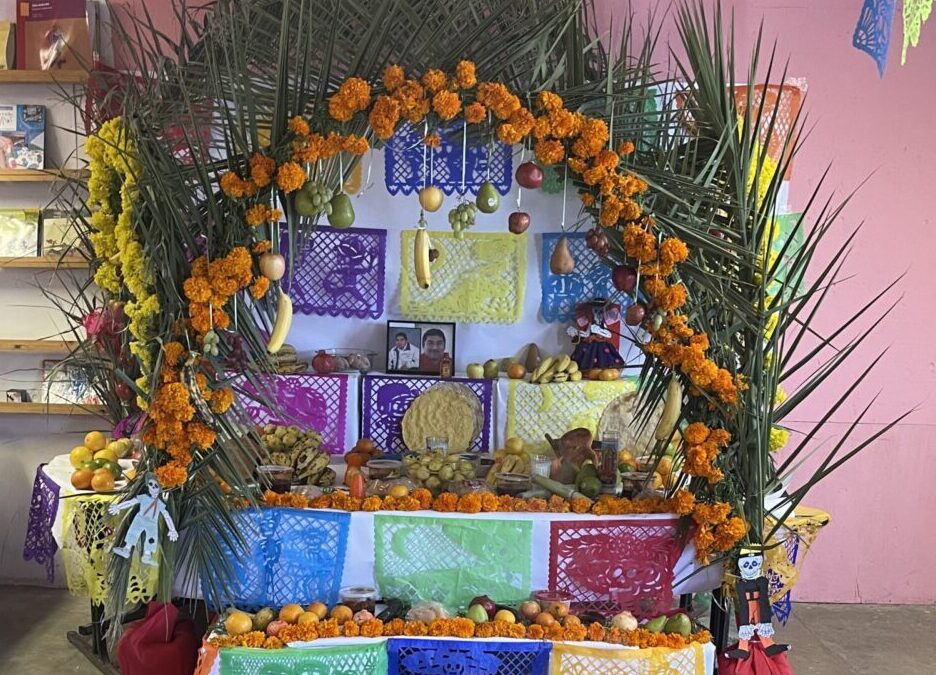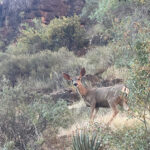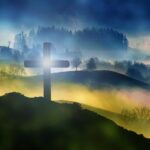Día de los Muertos!
Día De Los Muertos is considered a blend of Meso-American rituals, Spanish culture and European religions. It started as an Aztec festival around 3,000 years ago. The Aztecs used skulls to honor their dead, and the skull is still the main symbol of the Día de los Muertos festival today.
Día de los Muertos is celebrated in Mexico, Central America and in places where there is a large population from those countries – Los Angeles and New York in the United States, for example.
According to Día de los Muertos tradition, the gates of heaven open at midnight on October 31st for 24 hours, and on November 1st the spirits of deceased children can join their loved ones. On November 2, it is the spirits of deceased adults who are in the company of their loved ones. This happens because it is believed that the boundary between the real world and the spiritual world will dissolve at this special time.
Ofrendas (Attars)
To welcome them, people prepare altars ('ofrendas') for their relatives and friends who have passed away. A soft light from lit candles illuminates the photographs of the deceased, and there are çampasuchil flowers (marigolds) around the altar, as well as burning copal incense, all to guide the spirit home with strong smells. The altar features all kinds of favorite foods and drinks – things like tamales, chiles, tequila and pan de muerto. The names of the dead are written on skulls shaped from clay and decorated with feathers, foil and frosting. There are symbols that represent the four elements: earth, wind, water and fire. Sometimes, a crucified cross or an image of the Virgin of Guadalupe (Mexico's patron saint) can also be seen on the altar. Family members read letters and poems and tell serious stories and jokes about the dead they are commemorating.
Families clean the graves at the cemeteries, and on the night of November 2, people bring food and drink there to attract the spirits and join in the public celebration.
Bands play music and people dance to entertain the visiting souls.
Día de los Muertos compared to Halloween
Halloween is celebrated on October 31st, the night before Día de los Muertos begins. The Church has long had festivals on November 1 – All Saints Day, and November 2 – Day of the Dead, and it seems that the Church subsumed Samhain and Día de los Muertos into these, given the similar theme with its emphasis on the dead. In the case of Día de los Muertos, the emphasis used to be on welcoming deceased loved ones and celebrating their lives. In the case of Halloween, on the other hand, the emphasis used to be on ghosts and ways to avoid them. Therefore, there were different customs in both cases.
Día de los Muertos in Tijuana
I visited Tijuana in Mexico this year on November 1st, and saw for myself the locals celebrating Día de los Muertos. It's a public holiday in Mexico, and there was a celebratory and friendly atmosphere everywhere. We visited a primary school, and events were held there to celebrate the dead. The pupils and teachers had their faces painted, and all were wearing colorful costumes. The students gave us great performances – singing, dancing, and walking in the festival parade.
There was also an 'ofrenda' in one room in the school, where they celebrated the life of a teacher who died of COVID. It really impressed me.
When we were about to leave, we received a few invitations from families to come with them to see their 'ofrenda'. I felt it was a great privilege, and we received a true welcome everywhere. Those people I met that day didn't have much, and they reminded me of the stories my father told me about his own people in Erris in County Mayo when he was young. They didn't have much either, but there was a strong bond between them, and they were very friendly people. Despite the great challenges in their own lives, they would share what they had with you. Isn't that a good suggestion for all of us – to open our hearts to everyone!





